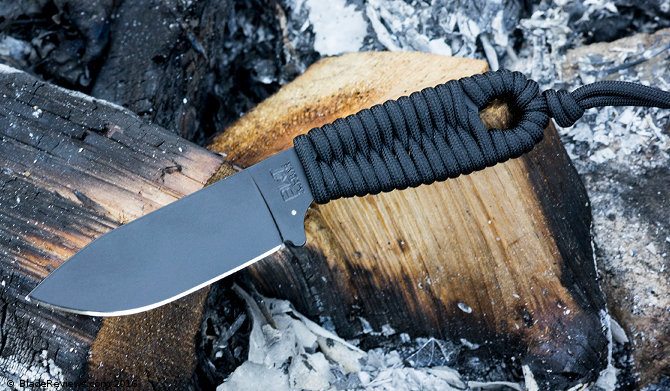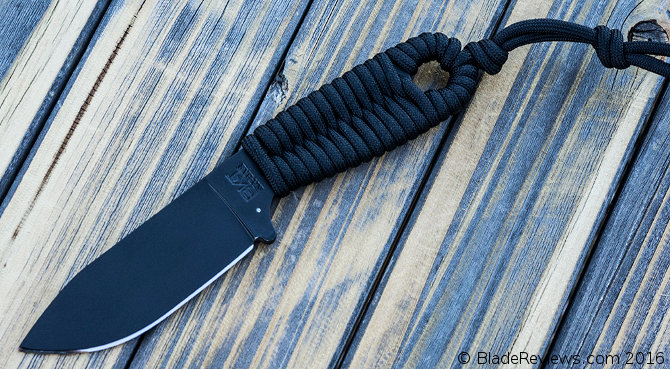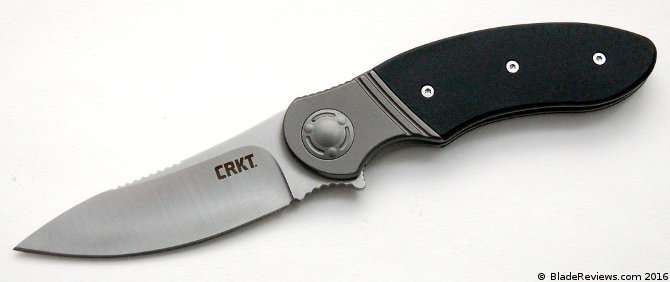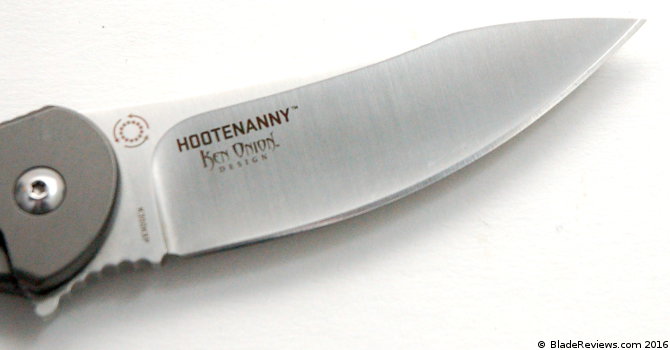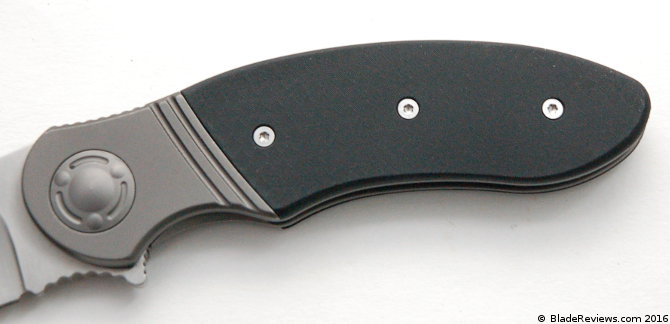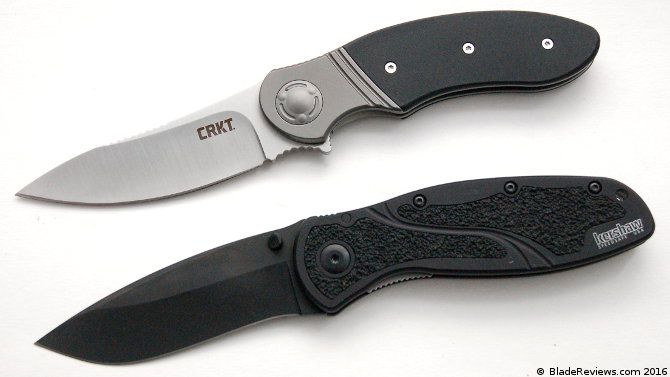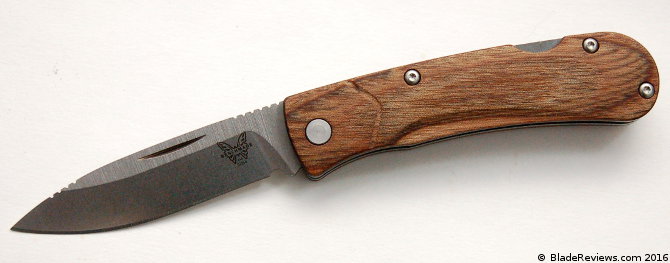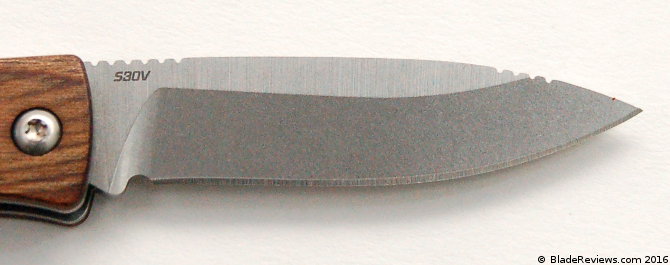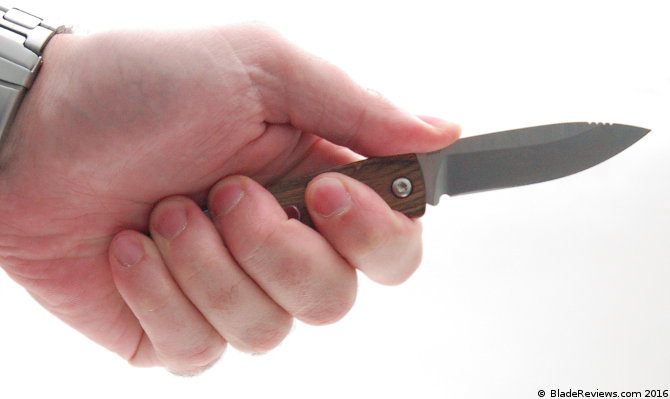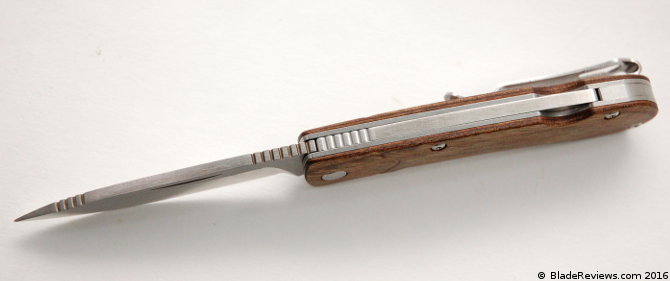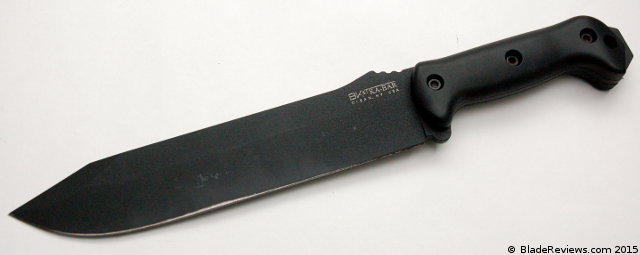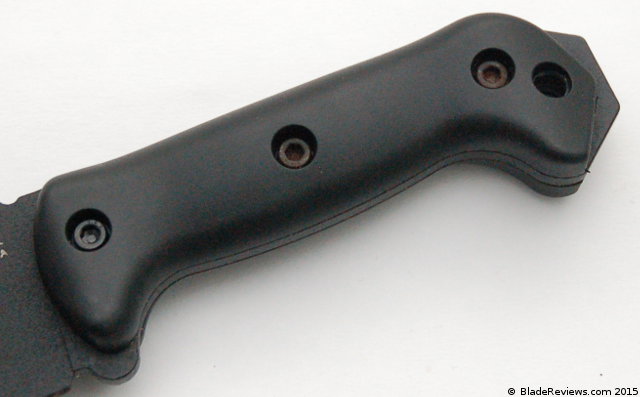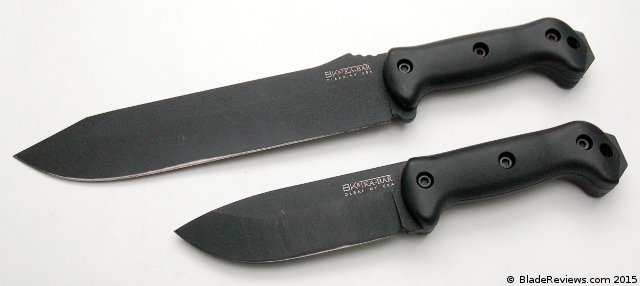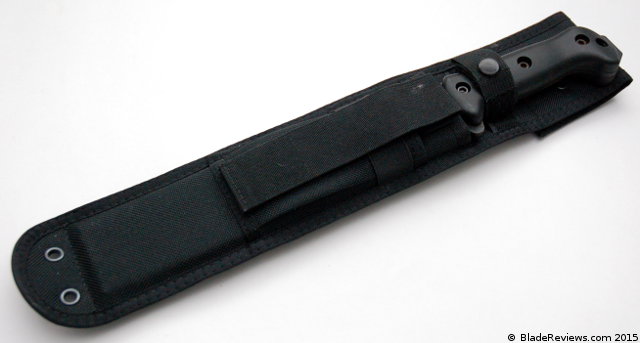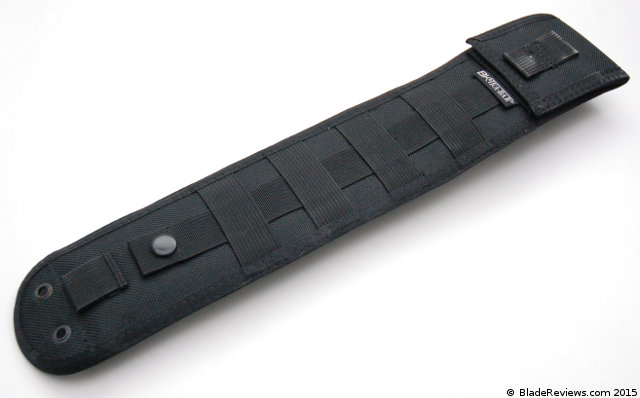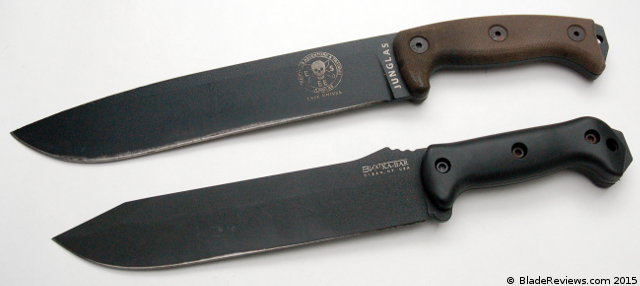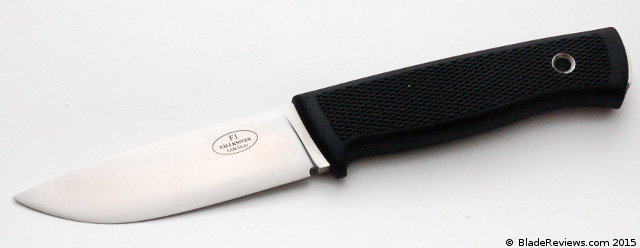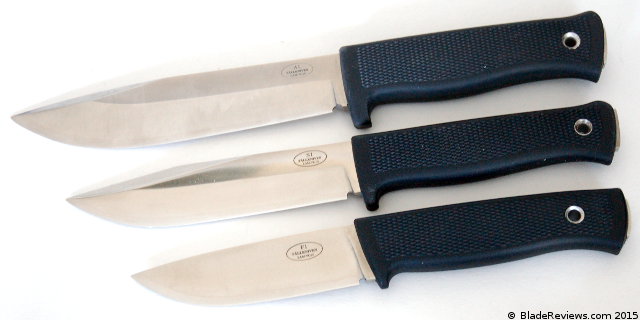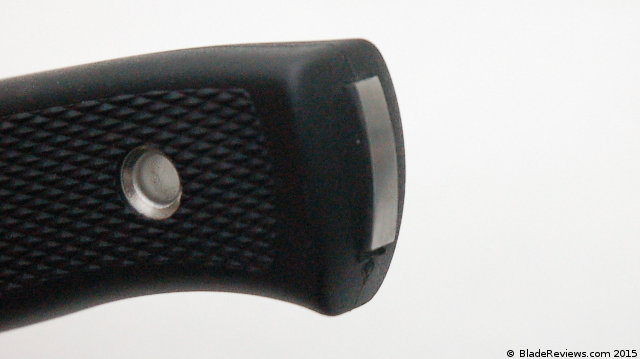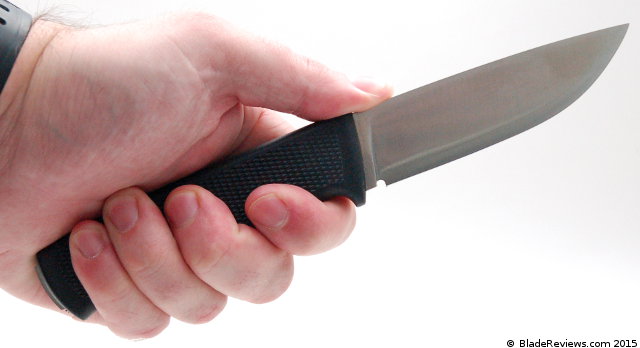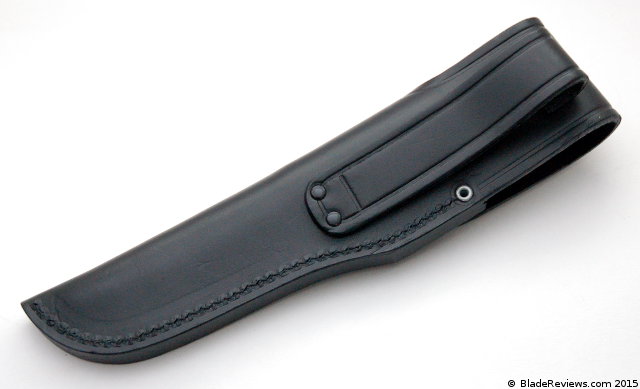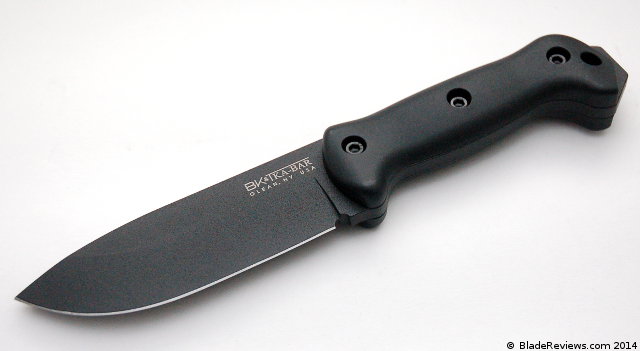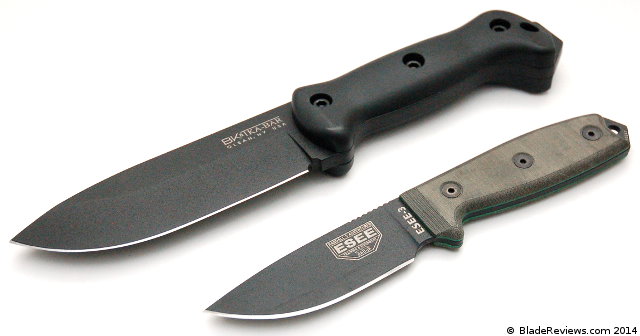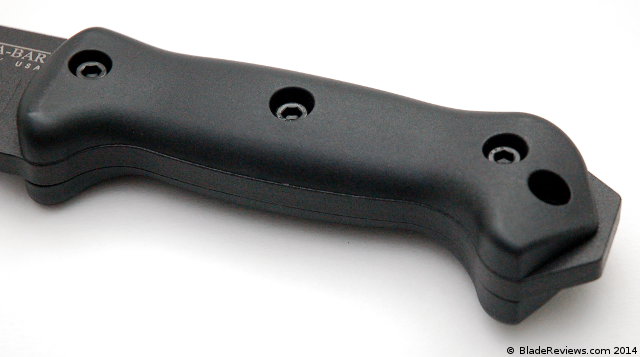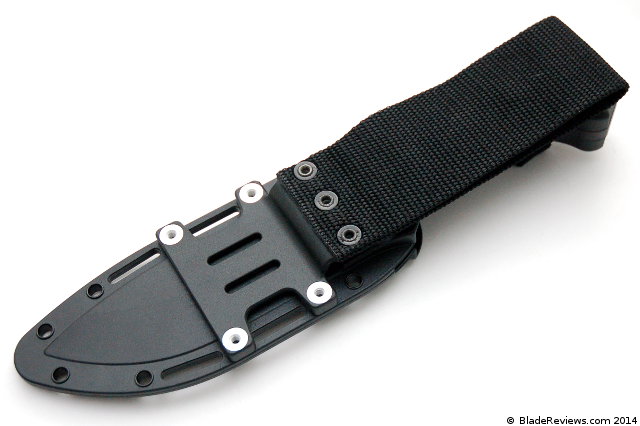During the 2016 SHOT Show, I had the great opportunity to meet a man named Ethan. Ethan was working at the KA-BAR Knives display and approached me as I was viewing some of KA-BAR’s newest designs. We began talking about knives and telling war stories, and before I knew it, almost an hour had passed. When I shook his hand to say goodbye, he handed me a nifty little knife to take with me. He also handed me his card, at which point I finally realized that I had been talking with Ethan Becker.
Ethan Becker is a household name for many. His grandmother is Irma S. Rombauer, author of one of the United States’ most widely published cookbooks—Joy of Cooking. Ethan assumed authorship of this popular book from his mother in 1976, which is why his name is familiar to so many in the kitchen.
As an avid outdoor enthusiast who was in constant search for the perfect knife, Becker founded Becker Knife and Tool in the early 1980’s and began designing and manufacturing hard-use knives right out of his garage. His knives have always been highly regarded among knife experts and critics and in high demand amongst users. To attest to this is the fact that he won the 1990 Blade Award for Most Innovative American-Made Design. While the demand for BK&T Knives has far outgrown Becker’s garage, KA-BAR Knives continues to produce his best-selling designs.
General Dimensions and Blade Details
The knife that Ethan handed me during SHOT Show was the BK14 EsKabar, a hybrid collaboration between BK&T/KA-BAR and ESEE Knives. This unique little neck knife (which KA-BAR allowed one of its customers to name) features the blade design from the BK&T/KA-BAR Becker Necker and the handle design from the ESEE Izula. Made in the USA from 1095 Cro-Van steel, this seven-inch long lightweight knife, featuring a drop-point blade makes for a highly functional everyday/survival knife.
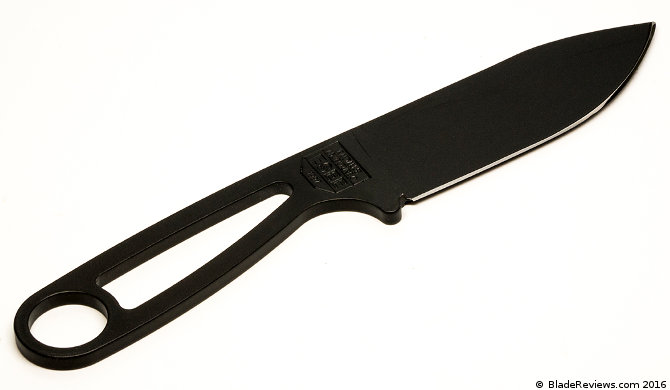
Of course, those familiar with the ESEE Izula will want to know how these two knives compare with each other. To answer that question, the dimensions of the EsKabar and the Izula are identical from the handle, which measure 3.75” long. The EsKabar incorporates the large quillon from the Becker Necker, as well as the larger Necker blade. The blade on the EsKabar measures 3.25” as opposed to the 2.63” blade on the Izula. The EsKabar also has a larger belly than the Izula. The difference in thickness is only 1/100th of an inch with the EsKabar being the thicker knife at 0.165”.

For those who may be wondering what the difference is between 1095 and 1095 Cro-Van, 1095CV is essentially the same chemical composition as 1095 with the addition of small amounts of Chromium and Vanadium for better hardening and bonding (hence the term “Cro-Van”) and smaller amounts of Nickel and Moly for added toughness and edge holding. The actual AISI name for this steel is 50-100B. KA-BAR has been using 1095CV for years, even though there was a period where they actually listed it as 1095 in their literature.
Handle and Ergonomics
As I mentioned previously, the EsKabar handle is identical in every way to the ESEE Izula with the exception of the 1/100” difference in thickness. The skeletonized handle has a good feel to it, but gets even better when you wrap the handle with 550 cord. The handle has a nice angle to it, which offers some excellent cutting ergonomics. It is a simple, yet functional design.
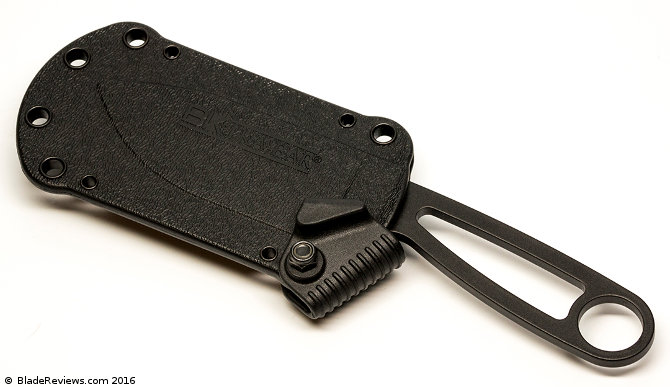
Editor’s note – you can also purchase OEM scales from ESEE for the EsKabar. I imagine they make the knife feel real similar to my Izula II (excellent).
Sheath
The EsKabar comes with a MOLLE compatible, injection-molded plastic sheath that can be worn around the neck or lashed to gear using the accompanying 550 cord. It is also cut to fit the KA-BAR TDI metal belt clip, which is available from KA-BAR for $10.35. The sheath comes equipped with a safety lock to ensure that you don’t lose your knife when things get rough. This feature can be removed if you prefer a more streamlined setup.
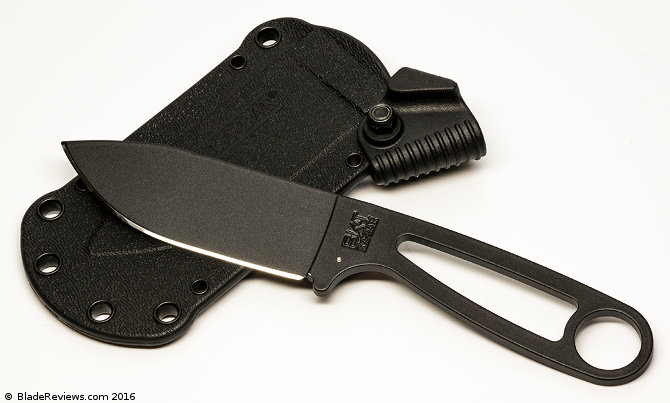
Personally, I found that I prefer to carry the EsKabar as a neck knife using a 550 cord lanyard. When wearing a neck knife is too cumbersome or inconvenient, then I simply create a belt loop on the sheath by running a piece of 550 cord vertically through two rivets on the inside of each side of the sheath and crossing the cord on the outside in the same fashion as one would lace up a shoe. This creates a nice belt loop attachment that does not add any extra bulk to the sheath. If you use a cord lock to secure the cord rather than a knot, then you have the added option of a convenient quick release.
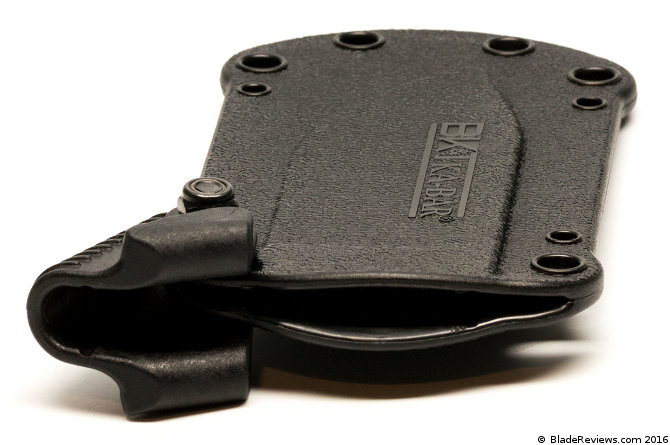
I also prefer to remove the safety lock from the sheath. It adds some unnecessary bulk to what is otherwise a nicely streamlined system. The knife locks so securely into the sheath that most people will find the presence of the lock unnecessary unless going into the harshest of environments.
BK&T / KA-BAR BK14 EsKabar Review – Final Thoughts
I was very pleased with the quality and design of the EsKabar. I love to see knife-makers work together on projects such as this one. One of the things that I have always appreciated about the knife industry is that there is such a level of camaraderie and appreciation for each other’s work. Knife makers understand the blood, sweat, and tears that go into transforming a chunk of steel into a functional work of art. The joint effort between BK&T, KA-BAR, and ESEE that resulted in the EsKabar is a testament to the benefits of such companies working together to reach a common goal.
If you are looking for an economically priced, fixed-blade survival knife, then you can’t go wrong with the EsKabar. With a retail price of around $60.00, the EsKabar delivers high-end quality and functionality to a price point that most people can afford.
- Becker knife design with high quality 3 1/4" blade made from 1095 Cro-Van steel
- Heavy-duty hard plastic sheath
- Overall length of 7"
- Made in the USA
- Becker knife design with high quality 3 1/4" blade made from 1095 Cro-Van steel
I recommend purchasing the BK&T/KA-BAR EsKabar at Amazon or BladeHQ. Please consider that purchasing anything through any of the links on this website helps support BladeReviews.com, and keeps the site going. As always, any and all support is greatly appreciated. Thank you very much.
